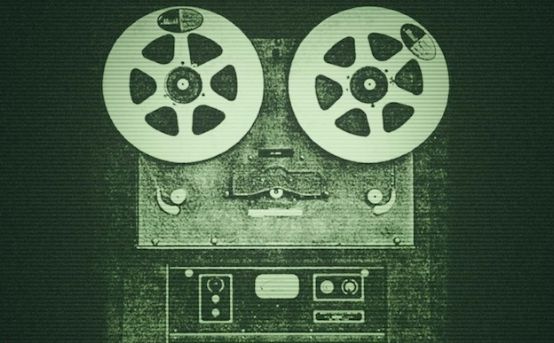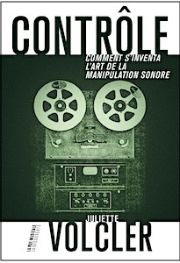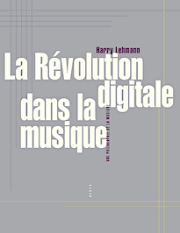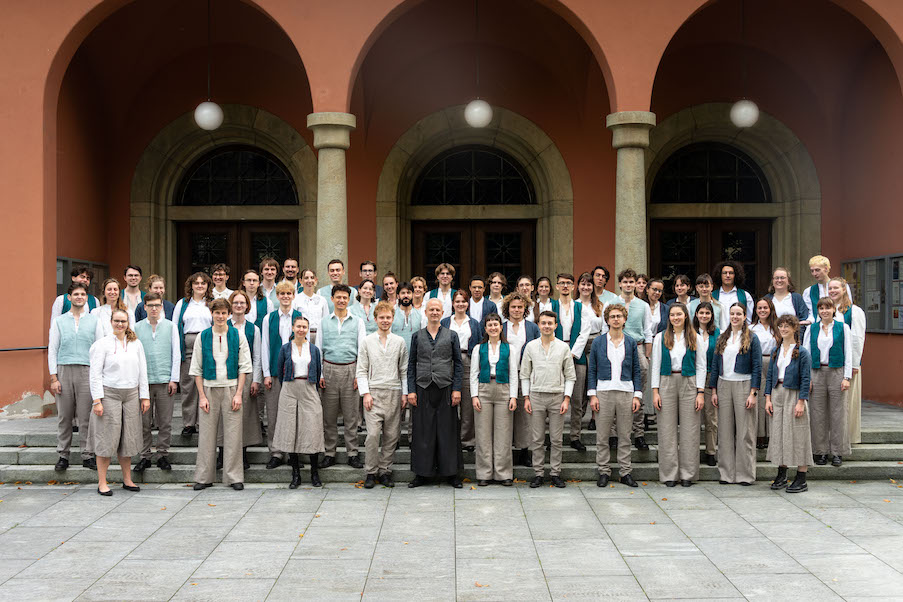Psychoacoustics and digitization
How have we tried to control and manipulate people through sound? - is the subject of a book on psychoacoustics. The other work presented here, a philosophical and sociological essay, is devoted to the changing paradigms of music in the digital age.

Using sound to control the emotional response of an audience was one of the central concerns of Harold Burris-Meyer, a pioneer of sound and acoustic behaviorism. Ignored by the general public, he led, among many other activities, a protean career as an engineer, consultant to Bell Laboratories, collaborator and vice-president of the Muzak ambient music factory, university professor, theater director; he also worked for the US army (creating sound decoys designed to deceive enemy armies) and for the CIA, and wrote fundamental works on stagecraft as well as on the acoustics and architecture of theaters and auditoriums. The main theme of Juliette Volcler's book, his activities are the pretext for a veritable investigation, presented with an excellent sense of narrative and not without humor, that takes us to the heart of technological developments in sound diffusion, as well as attempts to manipulate consciousness by means of phonic effects leading to physiological or psychic reactions. Burris-Meyer began his research in the theater, and continued with background music: this kind of brainwashing, violating the right to silence and preventing independent thought, was initially intended to increase the productivity of factory workers without having to improve their working conditions. Since then, it has crept in everywhere, particularly in consumer incentives.
Digitizing music
In a recently translated essay, philosopher Harry Lehmann tackles issues that caused debate and even scandal within the conservative German musical avant-garde. On the one hand, he analyzes the dependence of some contemporary music on institutions and its corollaries (formatting, exclusion of "non-standard" composers), and on the other, the possible repercussions of the digitization of music, both for composers, publishers, performers, teachers and listeners, and for the works themselves. The author's thesis is that recent digital possibilities open up new production and distribution perspectives (to which only the institutional framework previously gave access). For example, it is now possible to produce one's own scores without going through publishers, who are gradually losing their traditional functions; MAO and sampling, and webcasting provide alternatives for independent composers or those with different stylistic orientations. Contemporary "institutional" music is thus, willingly or unwillingly, being called into question and forced to position itself in the face of the new challenges of the digital age. The author offers some food for thought in this regard, but despite his enthusiasm for these new perspectives, we can't help but think of the possible negative repercussions, such as the social costs and sense of dehumanization when film music is no longer recorded by an orchestra, but "played" with computerized sound banks. Compositions based solely on sound sampling can also exclude the fruitful exchange between composers and performers. Conversely, virtualities such as traditional instruments with tessituras increased by several octaves, hybrid instruments, entirely new sounds and superhuman tempi, broaden the field of possibilities for creators. What's more, the digital economy enables the advent of a niche market (where notions of storage or profitability no longer really apply), and consequently the dissemination of rarely heard works. Ultimately, the result could be the precariousness of careers, in a market saturated by a multitude of composers whose selection could be made, according to the author, by independent music critics rather than by co-optation, which too often standardizes aesthetics.
Beyond his sometimes peremptory assertions and a field of vision that seems limited, to say the least, Harry Lehmann can be criticized for a lack of critical distance in the face of his own optimism about the future effects of digital technology, the umpteenth avatar of the belief in a saving Progress and a sense of history. Part of the second half of this essay, which is more concerned with the aesthetic problems specific to contemporary German music, will perhaps be of less interest to French-speaking readers. However, the main merit of this book is to force us to question the paradigm shifts induced by the omnipresence, albeit dematerialized, of digital technology in a world where what is not "online" no longer seems to exist.
Juliette Volcler: Control. Comment s'inventa l'art de la manipulation sonore, 160 p., € 14.00, Editions la découverte, Paris 2017, ISBN 978270719013
Harry Lehmann: La Révolution digitale dans la musique, 224 p., € 15.00, Editions Allia, Paris 2017, ISBN 979-10-304-0696-2








